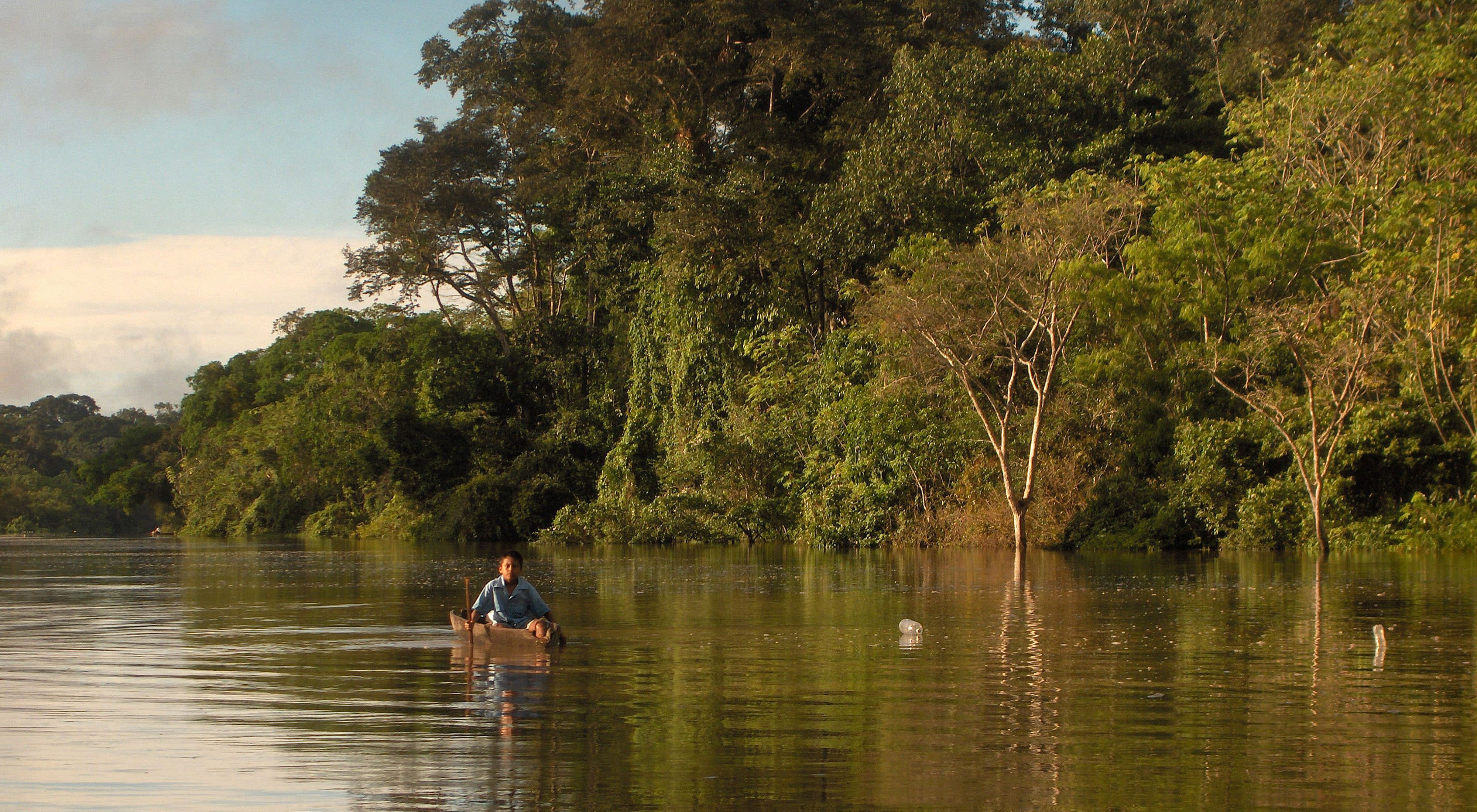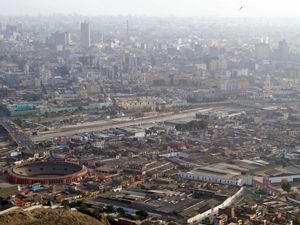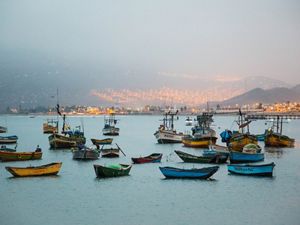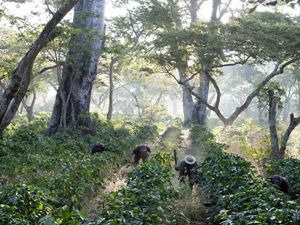More than any other group, indigenous peoples in Peru are affected by major energy, forestry, oil, mining and transportation projects. The Nature Conservancy works with indigenous communities and other stakeholders to avoid, minimize and mitigate the environmental impact of infrastructure development.
Peru holds some impressive statistics when it comes to the environment. It is one of the world’s top 10 “megadiverse” countries and ten percent of the world’s total plant species grow there. Its territory is about twice the size of the US state of Texas and has the second largest share of the Amazon Rainforest after Brazil. Of the 104 biodiversity hotspots globally, 84 are in Peru where more than 1,000 rivers and around 12,000 lakes make up the beautiful landscape. The Amazon covers two-thirds of the Peruvian territory and is home to 8% of all amphibian, almost 20% of bird, 10% of mammal, 21% of butterfly and 11% of fish species in the world.
The lands and territories of the Amazonian indigenous peoples occupy approximately 18% of the territory of the Amazon basin or more than 10.5 million hectares. In addition, 2.5% of the basin’s territory is made up of the Territorial Preserves that protect isolated indigenous peoples who are either uncontacted or have had minimal interaction with non-indigenous communities. TNC aims at ensuring that all the energy-generation, transport, and mining projects have zero impact on nature and surrounding communities.
Many of the indigenous peoples in the Peruvian Amazon who live in communal lands still carry out activities according to traditional criteria. These include areas that are considered sacred, are meant for production, recreation, and conservation, and zones dedicated to the cultivation of medicinal plants. However, projects deemed of "national interest," such as infrastructure and hydro-energy ventures, and those linked to the unsustainable extraction of natural resources such as timber, minerals and hydrocarbons put increasing pressure on those lands. Additional strain can come from the agricultural expansion that growing markets such as coffee, cocoa, palm oil, and illegal coca demand.
All those activities could lead to unprecedented deforestation as well as changes in land use that jeopardize the future of the basin’s wilderness and the people and species that have lived there in harmony for centuries. Some estimates predict that forests could be reduced by almost 50% over the next 25 years. In addition to the severe impacts on nature, the degradation of the forests would bring suffering to indigenous communities who rely on them for food, protection against incursions and forced displacement, health, and maintenance of traditions and customs.
The Ministry of the Environment in Peru estimates that the current portfolio of public, private and mixed investment projects from different sectors in the Peruvian Amazon reaches between $50 and $80 billion, especially in transport, agricultural and forestry activities; mining, and economic and social infrastructure in general.
TNC has the following strategies for working with indigenous peoples in Peru:
- Generating knowledge among all stakeholders on informed consent in decision-making, especially among the Native American Churches (NACs) and their organizations. This includes the enhancement of ancestral knowledge through technology and new discoveries.
- Strengthening of local and regional institutions by providing management tools in various fields, such as organizational, territorial and environmental management, and intercultural services. Additionally, working with native communities, indigenous organizations and local, regional and national state agencies.
- Promoting the participation of indigenous people in processes that encourage empowerment in the exercise of rights, and respect for their cultural, gender and generational diversity.
- Promoting inter-institutional partnerships around conservation, protection of territories and sustainable development. These partnerships or alliances may include both indigenous organizations, state entities and public programs and projects, as well as civil society organizations.
- Promoting sustainable production activities that help realize conservation objectives in harmony with the quality of life and the culture of the populations with which we work.



